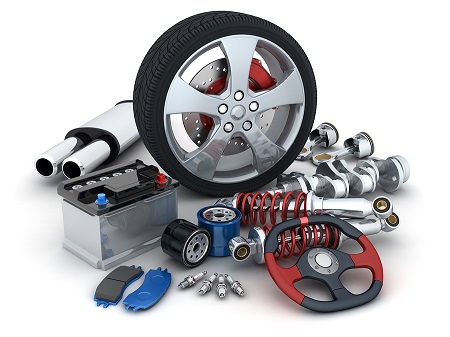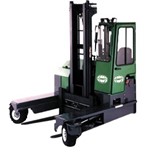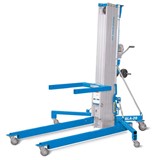High-performance vehicles already use carbon fibre – a high-strength lightweight material that can be moulded into complex shapes – to make cars lighter, more fuel-efficient and faster.
But although strong, carbon fibre is prone to damage from sudden impact. And unlike metal, it can't be repaired – only replaced.
This factor has limited the material's uptake by the wider automotive industry, as the common bingle would end up costing motorists a lot more to fix.
Linden Servinis, a PhD student at Deakin University, and her colleagues have developed a treatment for carbon fibre that makes it 16 per cent stronger by forming extra chemical 'arms' that grip onto its surroundings, allowing the material to withstand greater impacts.
"The carbon fibre composite materials we work with are made of black hair-like carbon fibres weaved together and coated in hard plastic," said Servinis.
"They're extremely light-weight and stronger than steel, but in the event of impact damage, like in a car crash, the individual fibres break free of the plastic and the strength is lost.
Extra 'arms' to work with
"But we've found a way to help the fibres hold together – we've given them extra chemical arms to grab on to each other and hold on to their plastic casing."
Linden and her colleagues discovered that large sections of the carbon fibre surface, which were previously thought to be useless, are actually an untapped resource for chemical reactions where extra 'arms' can be grown.
By creating a less damage-prone material, Linden hopes to increase the likelihood of wider carbon fibre uptake by the automotive industry.
"If we can get more carbon fibre into cars, they'll be lighter and more-fuel efficient, which is going to be really important in developing the cars of the future," says Linden.
Their research also shines light on further possibilities for altering a range of carbon fibre surfaces.
Increasingly used in aerospace, high-performance automotive, sporting, and oil and gas industries, carbon fibre materials are replacing traditional materials such as steel and aluminium.












